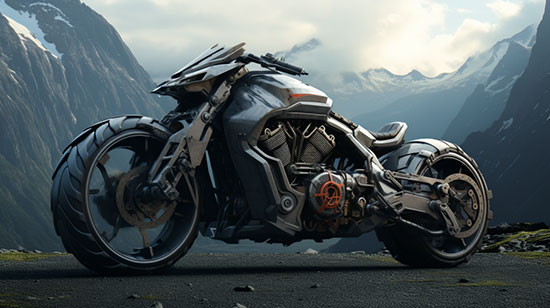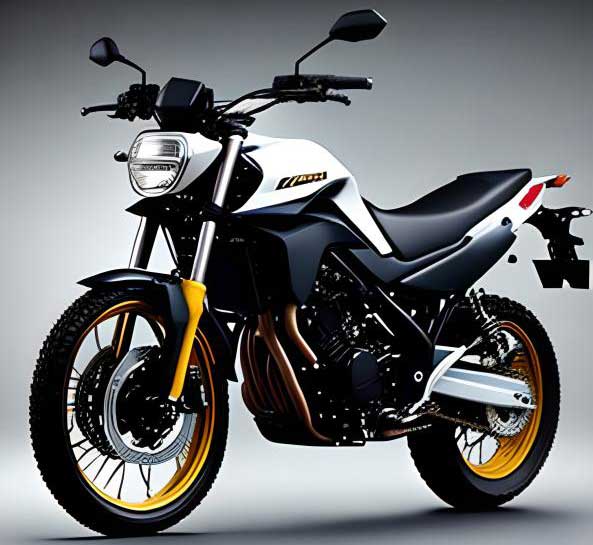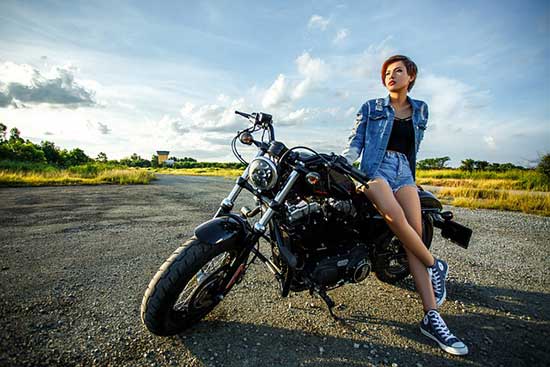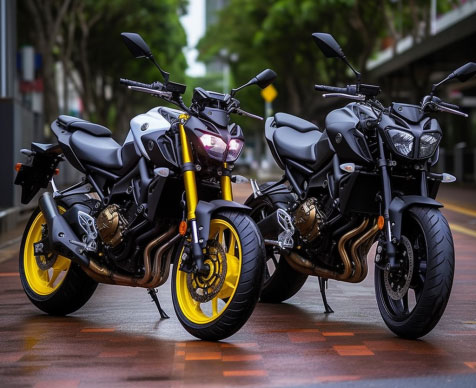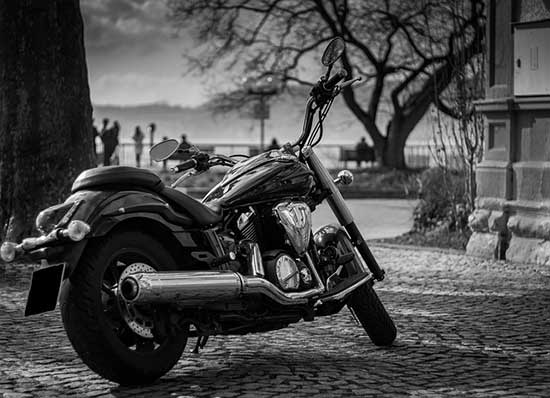Transporting a motorcycle in a pickup truck is often the most practical and secure method when it comes to moving your prized possession from one location to another.
We’ll walk you through a step-by-step guide on how to safely and efficiently transport your motorcycle using a pickup truck. Let’s dive in!
Contents
Preparing Your Motorcycle
Inspecting your motorcycle
Before attempting to transport your motorcycle, it’s crucial to inspect it for any loose parts, leaks, or other issues that could cause problems during transport.
Check the tires for proper inflation, ensure that the brakes are functioning well, and confirm that all lights are working.
Prepping your motorcycle for transport
To prepare your motorcycle for transport, make sure it’s clean and free of any debris. Remove any loose items or accessories, such as saddlebags or GPS units, to prevent them from falling off during the journey.
You should also secure any cables or wires that may get caught or tangled while loading and unloading.
Gathering Necessary Equipment
Ramp
A high-quality, sturdy ramp is essential for loading your motorcycle onto the truck bed safely. Choose a ramp that’s designed specifically for motorcycles, as it will have the proper weight capacity and traction for the job.
Straps
Heavy-duty ratchet straps or cam buckle straps are needed to secure your motorcycle in the truck bed. Aim for a minimum of four straps with a working load limit of at least 500 pounds each.
Wheel chock
A wheel chock is a device that keeps your motorcycle’s front wheel in place during transport. Invest in a quality, adjustable wheel chock that can accommodate various tire sizes.
Tie-down points
Ensure that your pickup truck has strong and secure tie-down points for attaching the straps. If not, consider installing aftermarket anchor points for added security.
Loading Your Motorcycle Onto The Pickup
Positioning the ramp
Place the ramp on a flat, stable surface, ensuring it’s properly aligned with the truck’s tailgate. The ramp should have a gentle incline and be wide enough for you to comfortably walk alongside the motorcycle as you push it up the ramp.
Pushing or riding the motorcycle up the ramp
With the motorcycle in neutral, push it up the ramp using your body weight for leverage. Alternatively, you can ride the motorcycle up the ramp, but this method requires experience and a higher level of skill to execute safely.
Always have a spotter nearby to assist you if needed.
Securing Your Motorcycle
Positioning the wheel chock
Once the motorcycle is in the truck bed, place the wheel chock in front of the front tire. Ensure that the chock is centered and properly adjusted to fit your tire size.
Roll the motorcycle forward into the wheel chock until it’s securely held in place.
Attaching the straps
Attach one end of each strap to the tie-down points in your truck bed. Next, attach the other end of each strap to a secure location on the motorcycle frame or handlebars.
Be cautious not to attach the straps to fragile components, such as brake lines or fairings.
Tightening the straps
Tighten the straps evenly on both sides of the motorcycle until it’s firmly secured and upright.
Compress the motorcycle’s suspension slightly to create tension in the straps and prevent them from loosening during transit. Double-check that all straps are secure and not twisted or tangled.
Double-Checking Safety Measures
Before hitting the road, double-check your motorcycle and truck for safety. Confirm that all straps are secure and that the motorcycle is not leaning to one side or the other.
Inspect the truck bed for any loose items or debris that could cause damage during transport. Finally, ensure that your truck’s tailgate is securely closed and locked.
Driving Safely With A Motorcycle In Your Truck
When driving with a motorcycle in your truck bed, be mindful of your speed and avoid making sudden movements or sharp turns.
Give yourself plenty of space between your vehicle and others on the road, allowing for ample time
to react to any potential hazards. Be particularly cautious when driving on uneven terrain or in inclement weather, as these conditions can increase the risk of the motorcycle shifting or becoming unstable during transit.
Unloading Your Motorcycle
Upon reaching your destination, carefully reverse the loading process to unload your motorcycle. Release the tension on the straps and remove them from both the motorcycle and the truck bed. With a spotter’s assistance, carefully back your motorcycle down the ramp, maintaining control at all times.
Once safely on the ground, remove the wheel chock and perform a quick inspection of your motorcycle to ensure no damage occurred during transport.
Conclusion
Transporting a motorcycle in a pickup truck can be a safe and efficient way to move your bike, provided you take the necessary precautions and follow the proper steps.
By properly preparing your motorcycle, gathering the right equipment, and securing your bike in the truck bed, you can ensure a smooth and stress-free transportation experience.
FAQs
Can I transport more than one motorcycle in my pickup truck?
Yes, you can transport multiple motorcycles in a pickup truck, as long as the combined weight of the bikes and the equipment does not exceed the truck’s payload capacity.
Ensure that each motorcycle is secured individually and has adequate spacing to prevent damage during transport.
Do I need a special license to transport a motorcycle in a pickup truck?
No, a standard driver’s license is typically sufficient to transport a motorcycle in a pickup truck. However, you should always check your local laws and regulations to confirm any specific requirements.
Can I use bungee cords instead of ratchet straps to secure my motorcycle?
Bungee cords are not recommended for securing a motorcycle, as they do not provide the necessary strength and stability required for safe transport. Ratchet straps or cam buckle straps are a much safer and more reliable option.
How often should I check the straps during transit?
It’s good practice to check the straps and overall security of your motorcycle at each stop during your journey. This will help you catch any issues early and prevent potential accidents or damage to

